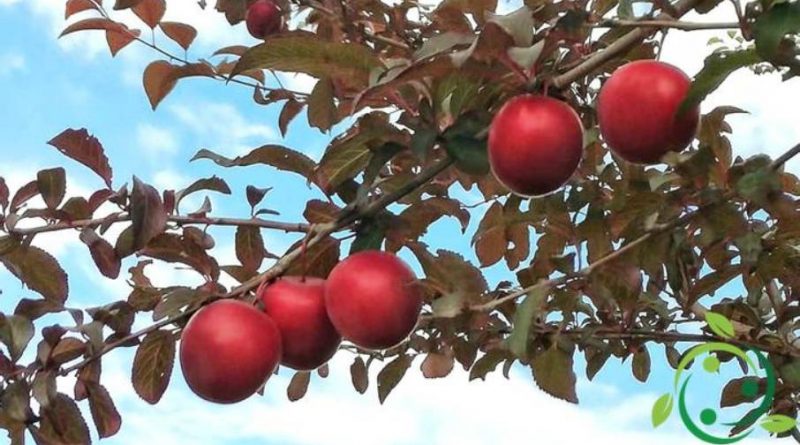How to grow myrobalan
How to grow myrobalan
The amolo (Prunus cerasifera Ehrh., 1784), also known as myrobalan, brombolo, marusticano, or rusticano, is a plant belonging to the family Rosaceae and to the genus Prunus. Although the myrobalan is a fruit tree it is often used as an ornamental tree. In this guide we will see how to cultivate myrobalan with few suggestions. For optimal growth and good productivity of myrobalan we must start from a water availability that allows a good size of its fruit. Irrigation will be carried out with regular shifts, detecting when the first layers of soil are about to dry and intervene with the next irrigation shift.
The irrigation requirement is still greater in the first two years of planting when the root systems are not yet fully formed and expanded. The ideal era of planting the myrobalan is between November and March. It is good to prepare the soil that will have to host the plant or a plant in good time.
It is advisable to make mature manure at the end of winter, mixing it with the preliminary processing. The soil must be absolutely permeable and draining (for those who want to grow the myrobalan in a pot, which must be very large, it is recommended to put the gravel on the bottom and make a mixture of 1/3 compost and 2/3 of soil of medium dough). Myrobalan requires an open and sunny exposure.
For the fertilization of myrobalan take into account that it is a plant that takes advantage of good quantities of potassium for which, in addition to the contribution of organic substance, it may be useful to reintegrate with the ashes obtained from vegetable parts or pruning the requirement in potassium. At the time of implantation, it will be used, as seen, decomposed manure or compost. Afterwards, every spring, organic fertilizer will be placed at the base of the myrobalan, (a mixture of compost can be made, mixed with manure). To this organic fertilization can be added a mulch with straw that slows down the organic mineralization and ensures better soil moisture conditions and an optimal control of weeds.
The flowering of myrobalan starts from the end of winter until the beginning of spring. It is an abundant flowering, composed of a multitude of small pink flowers with five petals. The ripening of the fruits is towards the month of July. Pruning can be carried out after the blossoming, but only in case of need and to remove dry branches or slightly aerate the inside of the crown.
Regarding adversity, let’s remember among fungal diseases are to be feared, the brown rot and the corineus, which are the most common ones. Brown rot (Monilia Taxa), leads to the desiccation of the flowers, desiccation of the branches affected by this fungus. The coriander (Coryneum bejerinckii) is recognized by the presence of brown circular spots on the leaves, which are easily perforated and due to the presence on the branches of small circular lesions that leave the gums oozing. The fight against these diseases takes place in the meantime with the cutting and burning of the sick branches. Among the fungicidal treatments it is possible to resort to Bordeaux mixture or to even less toxic treatments such as the use of lecithin. The appropriate period is from the fall of the leaves, until, at the latest, in January. Against aphids or cochineals, on the other hand, you need to act on the first appearances with Marseilles soap added with natural white oil.

